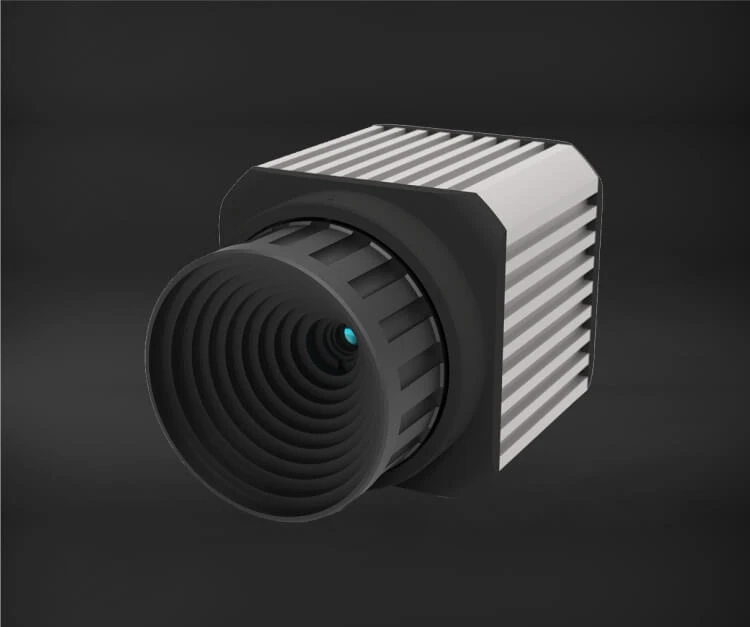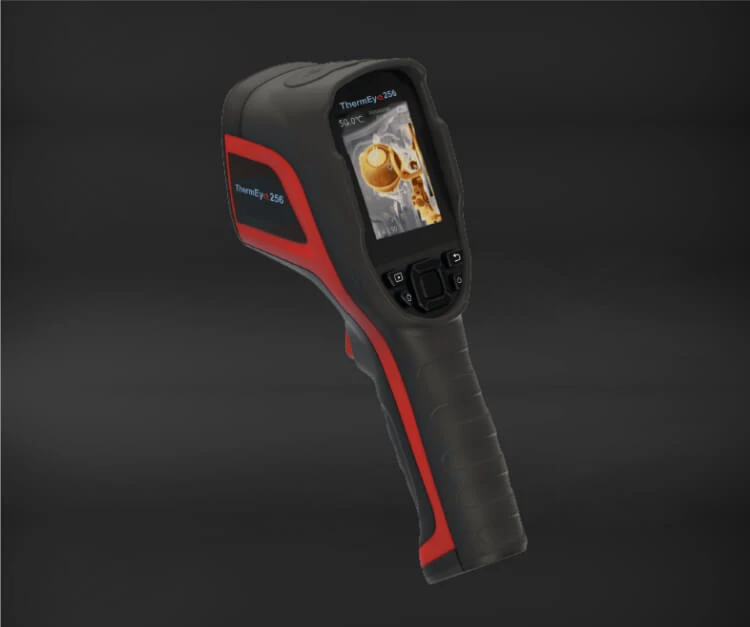If you have a business that requires constant monitoring and there are areas of monitoring that do not have proper light. What you need for your business is a thermal camera that will record the areas in your perimeter that cannot be covered by a traditional camera. If you want to buy a camera like this, you need to know exactly what it is and what specifications you need to be aware of before making a purchase. Here we will talk about what these cameras are and what to consider before buying them.
What is a Thermal Camera?
Let us start with the basics, like knowing what a thermal camera is. It is also called a thermographic camera or an infrared camera, and it is a device that captures images based on the heat radiation emitted by objects. A traditional camera relies on light to reflect images, but a thermal camera relies on the heat emitted by an object, which is emitted by all objects. The device captures everything above 0 degrees, and that is what makes it useful in dark and low-light situations.
This device runs on one principle, and that is the measurement of infrared radiation. There are sensors in these cameras for this purpose, and these sensors help the device generate an image. The visual representation of infrared radiation consists of a bright representation of warmer objects/areas and a dark representation of cooler areas.
Considerations Before Buying a Thermal Camera
If you are looking forward to buying an infrared camera, you should take into consideration a lot of things. Some of the key considerations are listed below:
Resolution: A camera resolution is the first thing one needs to consider even before buying a traditional camera. A thermal camera is no different in this matter. The resolution of a thermal camera too is measured in pixels, and a higher number of pixels means a more detailed view of the area covered. You need to decide how much detailing and accuracy you need in the images captured by the camera before making that decision.
Temperature Range: The temperature range in this device refers range of temperature that the device can measure. It can vary from product to product, and you need to select a temperature range based on your intended use of the product. There are cameras available with both wider and narrower ranges of temperatures, and your choice should depend on where you need the camera and how you intend to use it.
Sensitivity: Sensitivity concerning this device depends upon Noise Equivalent Temperature Difference (NETD). This means reading the smallest of differences in the surrounding temperatures of the camera. The lower the NETD of a camera, the more detailed images it can produce. You need to select the camera with an NETD suitable to your intent behind purchasing the camera.
Frame Rate: The frame rate of a camera defines the rate at which the camera takes the images, which means the speed of capturing pictures. If you need to use the camera for real-time monitoring or for capturing fast-moving objects, you need a thermal camera with a higher frame rate.
Field of View: This refers to the area that is covered by an infrared camera. You need to consider this factor concerning the size of the area you wish to monitor. There are also adjustable lenses available in some thermal cameras, which allow flexibility in this area. You can go for a camera with flexibility in field of view if you have one or more uses for the device.
Accuracy: The accuracy & calibration varies from model to model when it comes to infrared cameras. You can go for a camera with a higher accuracy in terms of reading temperature if your goal is to record precise temperature readings.
Durability & Build Quality: This is another area where you can find a variety of options. You can find cameras with a more rugged build or delicate ones too. If you want to install the camera in an area where there are extreme temperatures or harsh weather conditions, you will need a camera that has a stronger build.
Battery Life: You need to be mindful of the battery life of the thermal camera that you are buying. You will need to consider the duration of utilization of the camera regularly, along with the source of power in the place where it is installed. You will also need to consider if the camera you are buying supports interchangeable batteries or rechargeable batteries.
Compatibility: You need to ensure that the camera you purchase is compatible with the software and systems that you use. There are cameras with USB ports, bluetooth compatibility, WiFi, etc., for transferring the recorded data to other devices.
A Final Word
Here you have it: a rundown of what thermal cameras are and what you need to consider before making your purchase. Now you are more equipped to make the right decision to make a purchase. Keeping the above factors into consideration, you will have a birds-eye view of not only the specifications of the cameras but also your requirements for the camera. You can check out the collection of infrared cameras by Tempsens. They have high-quality cameras that are very suitable for commercial settings, and you can buy these devices from them and you will never be disappointed.




